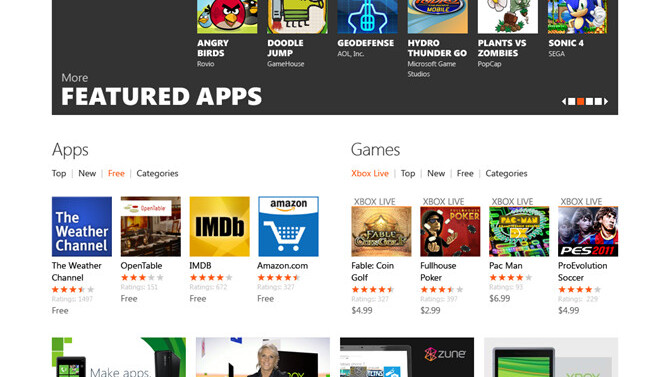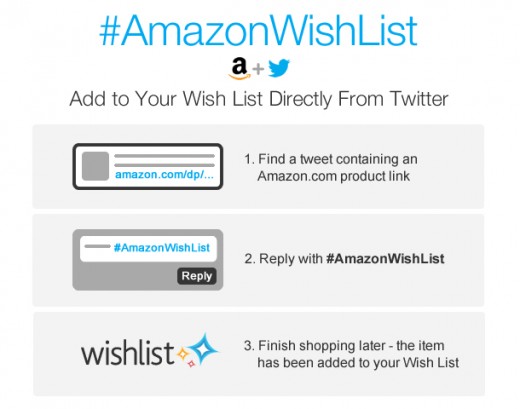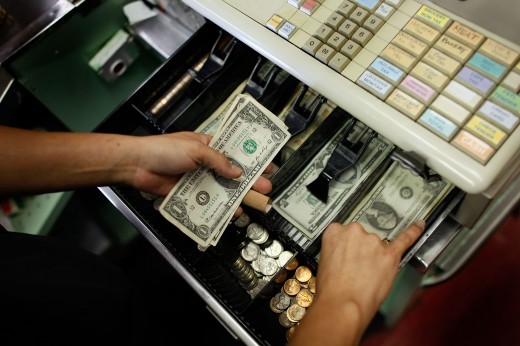
About the Author: Sangeet Paul Choudary is the founder of Platform Thinking and the author of the upcoming book Platform Scale. This article was co-authored with Griffin Anderson.
Online marketplaces have always been transaction-oriented. The goal of the marketplace is to match buyers and sellers. Marketplaces often focus entirely on moving buyers towards purchases and sellers towards listing more products/services. Marketplaces benefit from network effects: more buyers attract more sellers and vice versa.
However, this transaction-only focus is often at odds with creating stickiness and repeat usage. Buyers rarely use the marketplace except when they actively need something. This also leads to low retention and lower lifetime value for the platform owner. But, more importantly, it leads to lower liquidity on the marketplace.
If buyers don’t return often, sellers do not see much action on the marketplace. This, in turn, may discourage sellers form participating on the platform, leading to fewer listings and even fewer choice for buyers. As more buyers and sellers start abandoning the platform, the network effects that made it attractive starts weakening rapidly.
The rise of Marketplace 2.0

A new breed of marketplaces has realised focusing on transactions alone is insufficient for maintaining network effects. Increasingly, marketplaces are investing in creating engagement on the platform. There are five key mechanisms by which marketplaces can move from purely transactional, to an engaged and ‘sticky’ one.
Some of these apply to sellers, others to buyers, and some apply to both roles. The upcoming book, Platform Scale, explores these and many other elements of designing marketplaces and platforms in detail.
Reputation Systems
Marketplaces like Airbnb and TaskRabbit create stickiness by helping a user build reputation across transactions. A good reputation can pay dividends, creating an incentive for a seller or service provider to stick around. Building reputation is a high-investment act. Reputation is earned over many transactions.
When a seller is committed to improving and maintaining their reputation on a marketplace, they cannot afford to participate on multiple marketplaces. This, in turn, strengthens network effects. On transaction-only marketplaces, sellers can easily move from one marketplace to another.
Fiverr allows service providers with higher reputation, the ability to charge for more ‘gig extras’ – extras to the main offer. This ensures that sellers devote themselves to earning a higher reputation.
On Airbnb, hosts with good reputations often charge more for their listing. In addition, hosts with positive reputations are ranked higher in search results and are booked more frequently. Reputation directly leads to more revenue. Thus, it makes sense for a host to stick with Airbnb rather than switch to an alternative.
Reputation isn’t just important in retaining users, it also helps track the health of the overall marketplace and is a key metric to be monitored.
Collection
While reputation keeps the sellers sticky, user collections and collection management tools can make buyers sticky. A wishlist or wardrobe feature on a marketplace allows buyers to collect listings and items of interest.
As a buyer spends more time creating and customizing a collection, they are less willing to duplicate and reinvest the same effort onto another platform. The invested effort in creating a collection discourages the user from multi-homing on multiple platforms.
Personalized Feed
Marketplaces can also improve buyer retention by personalizing the buyer’s feed. Most buyers will only spend a limited time on the marketplace. The limited time spent on the marketplace caps the amount of transactions a user may engage in.
Tailoring content suggestions based on a buyer’s past transactions, lead to higher retention. More importantly, in tandem with buyer-created collections, a personalized feed can benefit from actual purchase data (from transactions) as well as intended purchase data (from collections created by the buyer).
Facebook’s high DAU/MAU is largely attributable to its news feed. The feed shows content based on a user’s network and past interactions. Facebook created a personalized feed, by customizing subsequent interactions based on past usage. Marketplaces can do the same as well.
Influence
Seller-centered marketplaces are different from listing-centered marketplaces. Seller-centered marketplaces allow sellers to brand themselves, build a following and create influence. Sellers regularly push out content on their wares.
The more buyers subscribe to one’s content, the larger the broadcast of one’s next chunk of content. Since a seller spends a lot of time in growing their audience, they are less likely to switch to a competitors platform, where they will need to rebuild influence.
On Twitter, active tweet creators can create influence over time through acquiring more followers. The larger the audience, the more opportunities there are to influence others. Twitter has designed a platform where more value can be derived through more usage.
Seller-centered marketplaces need to apply the same design principle to create a mechanic by which the seller gets greater influence over buyers with greater usage of the platform.
Workflow management
In order to create stickiness for both parties on a services marketplace, these platforms are moving from a transaction-only model to a workflow management model. Traditional service based marketplaces often fail to own the transaction.
The information required to complete a transaction in a service marketplace can’t be completed online. Therefore, both parties are incentivized to move offline to finish the transaction. Thus, the marketplace may lose the transaction. Increasingly, service marketplaces are building out SAAS tools to incentivize the parties to complete the transaction online.
A successful example of a service marketplace implementing workflow management tools is Clarity. Clarity connects advice seekers with experts. To lock in both sides and own the transaction, Clarity provides additional workflow management tools such as call management and invoicing. By offering these convenient and useful tools, both parties are incentivized to complete the transaction online.
Substituting transactions with subscription
Marketplaces that can offer a fairly guaranteed form of service, often move from an a-la-carte transaction model to an all-you-can-eat subscription model. Skillshare, an online education platform, started on a transaction-only model but has increasingly been moving towards a subscription model.
In order to guarantee a minimum level of quality, it needs to curate courses that are offered through a subscription. Subscription keeps buyers locked-in to the platform.
Amazon Prime is a slightly different example of a subscription layer on a marketplace. Buyers can purchase Amazon Prime and receive free shipping on all their purchases. A buyer is less likely to buy a product from a different e-commerce site, when they have spent money on a service that gives them free shipping and other benefits.
Conclusion
The focus on levers of engagement in traditional marketplaces is only one of many factors that will determine success in the age of Platform Scale. As platform competition increases, the players who focus not just on transactions and active usage, but on strengthening of network effects, will win.
Over the last five years, new marketplaces have emerged in every niche. Buyers and sellers have many more choices today. To ensure that a marketplace preserves its network effects, it needs to ensure that buyers and sellers stay on and keep engaging repeatedly. Increasingly, this will be achieved by adding levers of engagement and lock-in on top of the traditional transaction-only model.
Read Next: This free tool scans Google Drive to check your business documents are safe
Get the TNW newsletter
Get the most important tech news in your inbox each week.










